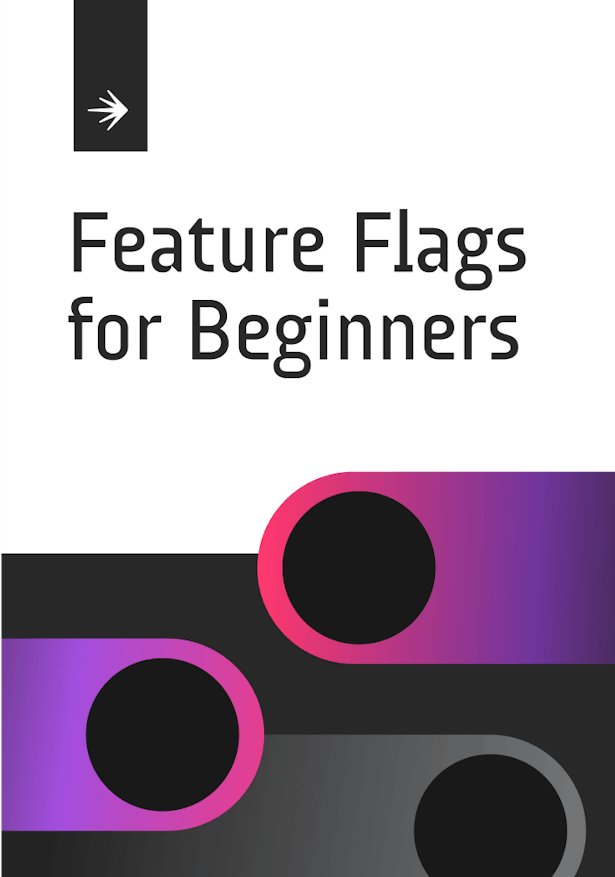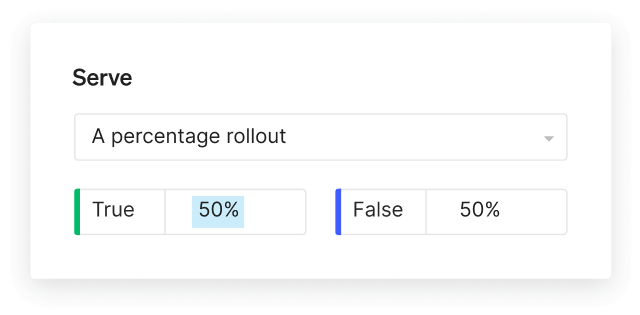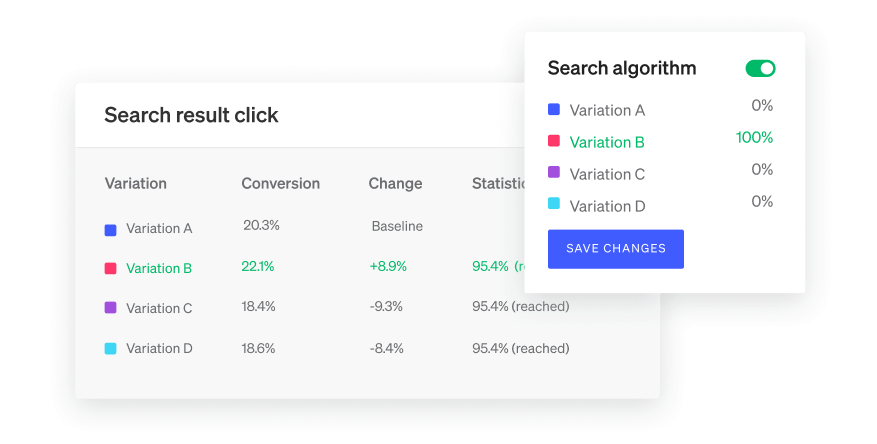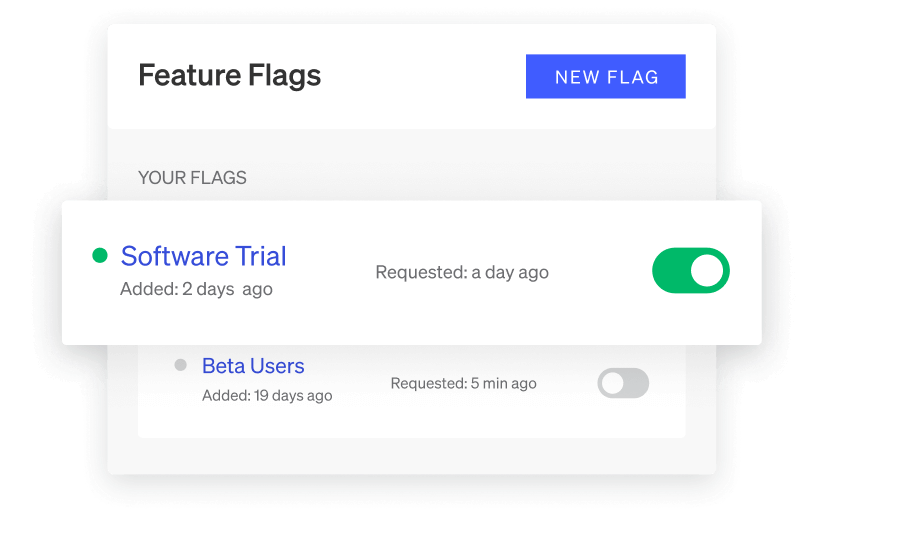
When to use feature flags
1. Improve feature rollout (release management)
Using flags as part of your build or feature release process is one of the most common uses. Release management includes early access programs, canary releases, and beta programs—anywhere you give specific users access to features before releasing the feature to everyone.
Starting small and rolling out to larger groups over time helps you:
- Observe the behavior of the systems and services under increasing load.
- Collect user feedback and make changes if you need to.
- Limit the blast radius if something goes wrong.

2. Operational efficiency
Feature flags can manage and control the behavior of a system by toggling a feature on or off to minimize the impact of incidents.
By using operational feature flags, you can:
- Deploy circuit breakers or kill switches to programmatically or manually disable a feature if it negatively impacts the user experience and triggers alerts.
- Limit API requests to ensure API reliability.
- Switch to a less feature-rich version of a page under heavy load.
- Perform interoperability testing on new microservices or third-party tags in production.
3. Learn from experimentation
A large part of building and operating software is learning what works and what doesn’t. Experiments are one way of learning about your software, infrastructure, users, and systems. Experiments include concepts such as A/B testing, game days, or chaos experiments, all of which allow you to gain new knowledge. When using feature flags, you can test different configurations of a feature to validate or disprove gut feelings. Experiments provide concrete reporting and real-world measurements to ensure that you are launching the best version of a feature for both your users and company metrics.

4. Empower teams with entitlements
In software, entitlement refers to the right to use services, products, or features. Entitlements define the features each user can access. They are sometimes referred to as paywalls—features that are only available to paid subscribers.
Feature flags, in the context of a feature management platform, can empower others in the organization to manage and control entitlements—the right to use services, products, and features. Feature flags can help you streamline the process of managing entitlements, resulting in better customer experiences and greater operational efficiency. Read here for more.












